In today’s intricate and ever-changing business landscape, a streamlined supply chain is is of paramount importance. The optimization of this function within a company’s operations can prove to be the difference between success and costly inefficiencies and failures. One of the tools that is making significant strides in this realm is NetSuite Demand Planning. So, how exactly does this tool reshape and improve the traditional supply chain process? Let’s explore.
1. The Power of Accurate Forecasting
Most important part of the operations of any successful supply chain is demand forecasting. Being able to anticipate market needs is very crucial for any business and accurately ensures a business can be proactive, rather than reactive. This foresight helps reduce instances of stock-outs or surplus inventory that might result in tying up capital. With its sophisticated algorithms, NetSuite’s solution dives deep into historical sales data, discerning patterns and trends, which paves the way for accurate predictions. These forecasts become the foundation upon which companies can build strategic plans, ensuring they always stay ahead of the curve and be prepared for anything.
2. Embracing Real-Time Adjustments
Modern businesses understand that today stagnation can be a silent killer. The market’s dynamic nature now often need instant pivots or adjustments. Thanks to its real-time data analytics, companies that employ this software can respond immediately to any shifts in demand or sudden disruptions. Whether it’s a sudden spike in demand for a product or unforeseen unexpected external factors affecting supply chains, having real-time insights make sure that businesses remain agile and adaptive.
3. Boosting Collaboration Across the Board
A supply chain’s efficiency often depends on seamless and efficient collaboration across various departments and divisions. It’s not just the supply chain team, but sales, marketing, and production units that influence demand planning. Recognizing this interconnectedness, the platform offers a centralized hub where cross-departmental teams can connect, share insights, and collaborate on forecasts. This collective approach make sure that forecasts are not just accurate but are also holistic, catering to insights from every facet of the business.
4. Inventory – Striking the Right Balance
A common pain point for any business, big or small, is inventory management. Excess inventory often means tied-up capital and increased holding costs, while too little could lead to missed opportunities and disappointed customers. By using the insights offered by the tool, companies can maintain the kind of inventory levels that perfectly align with projected demand. This balance ensures resources are utilized efficiently and customers’ needs are met promptly.
5. Automated Replenishment: A Step Ahead
Ensuring stock is replenished in a timely manner is integral to a supply chain’s fluidity. With its advanced capabilities, businesses would be able to smart replenishment schedules based on refined demand predictions. Furthermore, automation within the system can ensure timely restocks, reducing the need for manual oversight and ensuring consistent stock availability.
6. Visibility: The Cornerstone of Decision-making
For any business leader, having a clear and detailed overview of operations is invaluable. With this tool in their arsenal, companies get an unparalleled transparency into their supply chain process. From understanding supplier timelines to getting real-time updates on warehouse stock and sales metrics, all crucial data is at available readily for them. Such comprehensive visibility empowers businesses to make decisions that are not just informed but can also prove to be strategically beneficial.
7. A Leaner, More Cost-Effective Operation
Through the optimization of various supply chain components, from inventory management to replenishment processes, there’s a noticeable reduction in operational costs. This leaner approach not only ensures better resource usage but also positions the business favorably in competitive markets as compared to their competitors.
The Digital Shift in Supply Chain Management
In an age that is defined by digital transformation, it’s essential that businesses continuously adapt and evolve. As industries across the board are rapidly integrating technology into every facet of their operations, supply chain management is surely something that cannot be left behind. The rise of e-commerce, global sourcing, and the increasing complexity of distribution networks have today made the traditional methods of supply chain management inefficient and obsolete. Adopting a robust tool like NetSuite Demand Planning isn’t just about keeping pace; it’s about becoming an industry leader. By fusing technology with supply chain processes, businesses can now unlock new avenues of efficiency, precision, and scalability. With the world trending towards a more data-driven approach, not tapping into these modern solutions would be a missed strategic opportunity for any enterprise that wants long-term growth and resilience.
Conclusion
The modern supply chain, with its myriad of components and challenges, requires a solution that’s both sophisticated and intuitive. NetSuite Demand Planning emerges as a frontrunner, offering businesses a holistic tool that not only addresses current challenges but is also able to anticipate future ones. By tapping into its capabilities, businesses can transform their supply chain operations, ensuring they are efficient, responsive, and most importantly, strategically optimized for success in today’s competitive marketplace.


